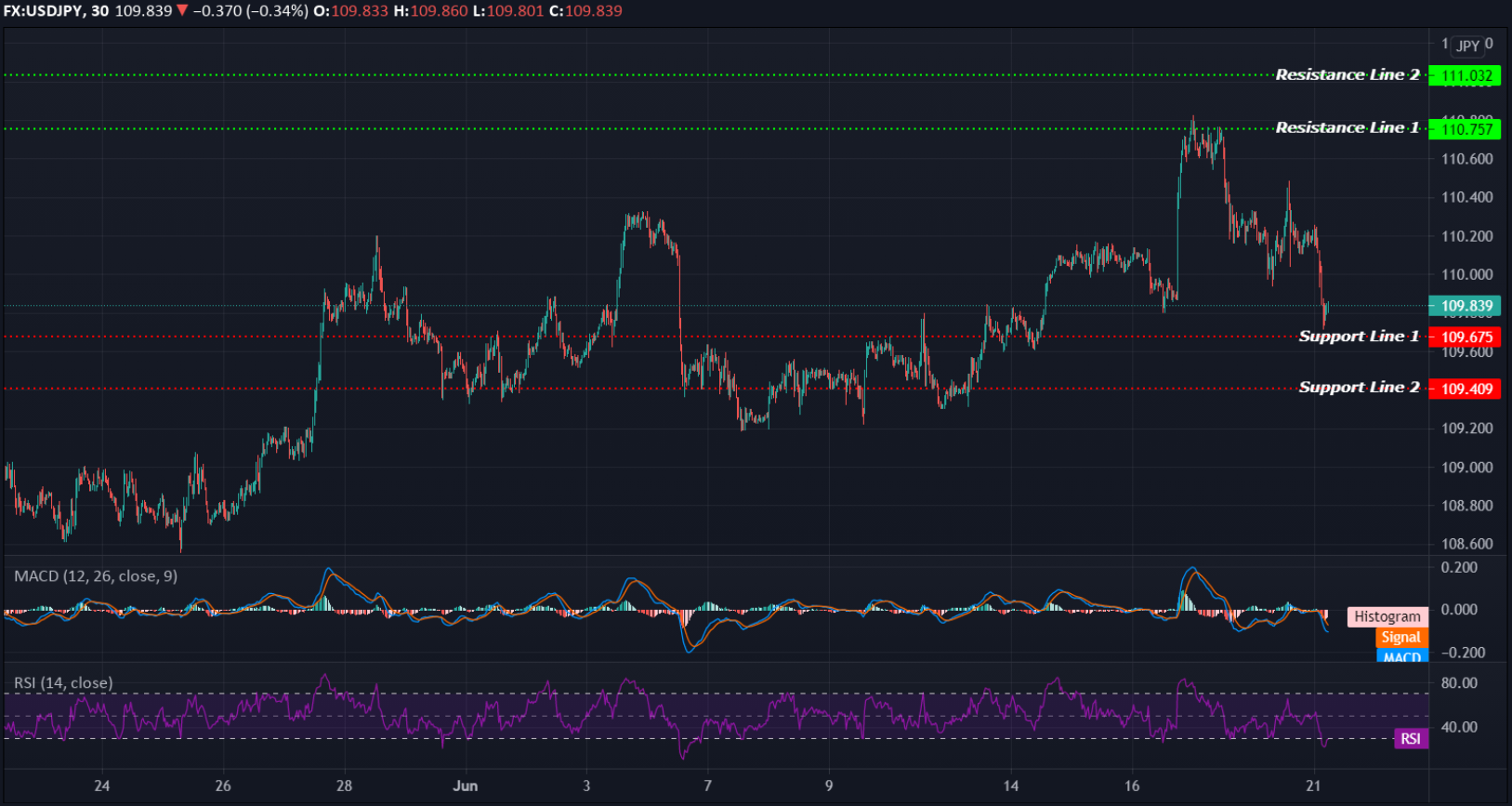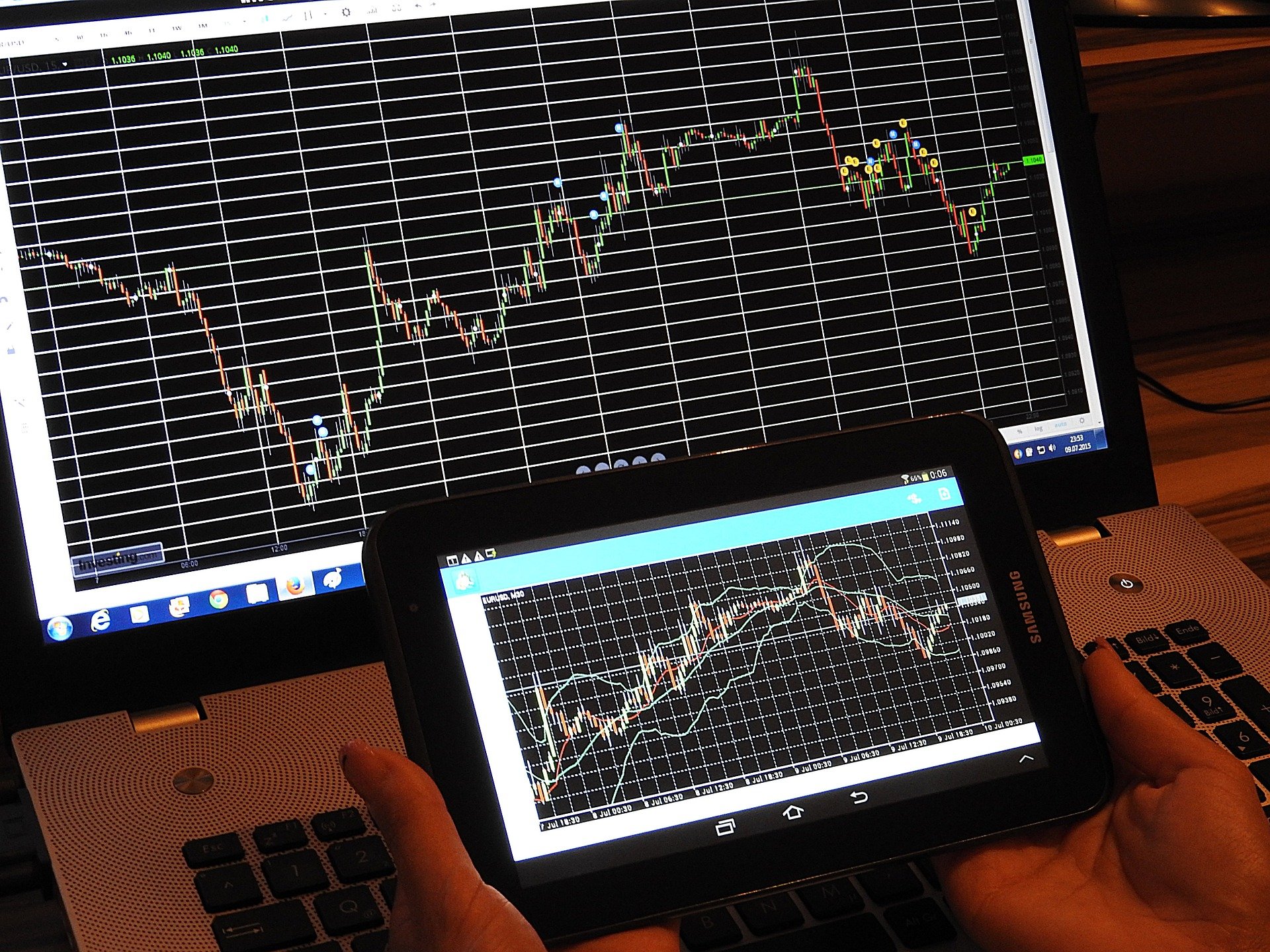EQUITIES
Shares in Asia-Pacific traded lower on Monday. Japanese stocks led losses regionally, with the Nikkei 225 falling 4% in in the early trade, before later pared some of those losses but was still trading 3.66% lower in the afternoon.
South Korea’s KOSPI declined 0.94%. Shares in Australia slipped, with the S&P/ASX 200 shedding 1.66%. S&P BSE Sensex in India down 0.40%, and Singapore’s Straits Times index fell 1.42%.
Mainland Chinese stocks also slipped, with the Shanghai composite traded 0.11% lower, and the Hong Kong’s Hang Seng index dropped 1.52%.
European stocks also are set to open sharply lower on Monday, following jitters in global markets over the more hawkish tone from the U.S. Fed.
OIL
Oil prices rose on Monday, underpinned by strong demand during the summer driving season and a pause in talks to revive the Iran nuclear deal.
The Brent traded at $73.69 per barrel, and U.S. crude futures traded at $71.82 per barrel.
On Friday last week, the Brent closed at $73.51, while WTI ended at $71.63 per barrel.
CURRENCIES
The benchmark US Treasury yields fell to their lowest since late February at 1.399%, while those on 30-year bonds slid as low as 1.9990% for the first time in more than four months.
The U.S. dollar meanwhile hovered near the 10-week high touched on Friday versus major peers, following its biggest weekly advance in more than a year. The dollar index stood at 92.302 after gaining 1.9% last week.
GOLD
Gold prices rebounded on Monday following a 6% drop last week, as a retreat in U.S. Treasury yields bolstered the non-yielding metal's appeal, though remained pressured by a stronger dollar.
The spot gold advanced at $1,767.80 an ounce and jumped to $1,770.80 per ounce for gold futures. Previously closed at $1,763.80 and $1,769.00, respectively.
Silver slipped 0.6% to $25.810 per ounce, palladium gained 0.7% at $2,489.00, and platinum fell 1.35% to $1,026.90.
ECONOMIC OUTLOOK
Asian shares slumped on Monday as investors continue to stay defensive amid the ongoing battle against the COVID-19 health pandemic and budding inflationary pressures.
The U.S. Federal Reserve surprised markets last week by signalling sooner-than-expected interest rate hikes, fuelling risk aversion in emerging Asian markets.
China on Monday announced that its benchmark lending rate were kept unchanged. The 1-year Loan Prime Rate (LPR) was kept at 3.85% while the 5-year LPR was also held steady at 4.65%.
TECHNICAL OUTLOOK
[USDJPY]
Important Levels to Watch for Today:
- Resistance line of 110.757 and 111.032.
- Support line of 109.675 and 109.409.
Commentary/ Reason:
The safe-haven yen held firmer as the Fed's tilt hit risk asset prices. It ticked up to 109.839 yen to the dollar, rose 0.34% and pulling away from Thursday's 11-week low of 110.821.
The yen strengthened after the U.S. T-note yields on Monday declined to their lowest since late February.
The yen also strengthened following the weakness in the Japanese stock market today. The Nikkei fell as more than 4% early in the day before pared some of the losses.
The improvement in the yen also supported as the weight of emergency curbs eased in Japan. The PM Suga announced that the state of emergency for Tokyo and eight other places were dismissed yesterday, though there are several other prefectures still maintain. However, the condition still watched as fears that next month's Olympics could trigger infections rebound.
USD/JPY has pulled back from the 110.7 resistance line. The ascending trendline remained a key support level since January and any previous moves towards this area have resulted in a bullish rebound.















